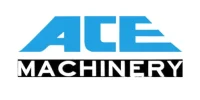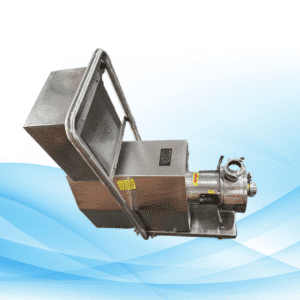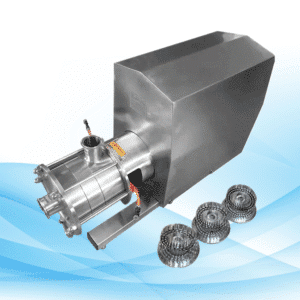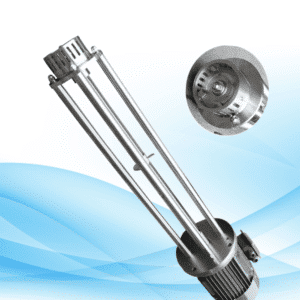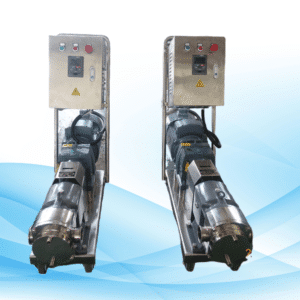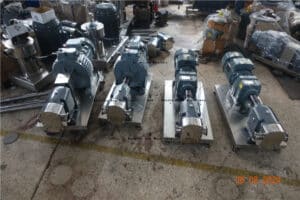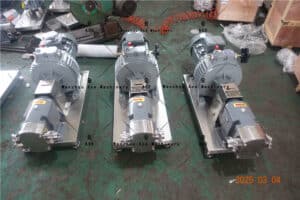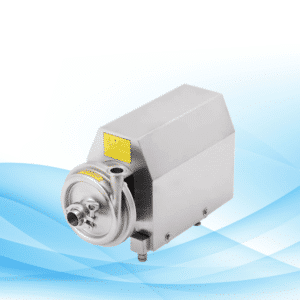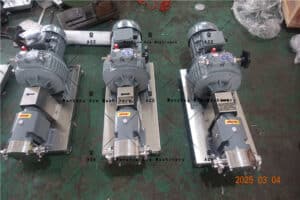Introduction
Waste oil transfer pumps are essential in a range of applications, especially in waste management, automotive servicing, and biodiesel manufacturing. Used oils can include waste vegetable oils, motor oils, or any other thick liquids. These pumps skillfully and effortlessly transfer used oils. The importance of waste oil transfer pumps, their working mechanics, and their many purposes will be explained in the article. Furthermore, we will help you select the most appropriate pump for a specific need and present some of the current best models in the market.
What is a Waste Oil Transfer Pump?
A waste oil transfer pump is utilized for the removal of used oils from storage containers. These oils differ from waste vegetable oils to motor oils, gear oils, and any other industrial oils. Proper disposal methods or recycling of used oils prevent environmental contamination, which is why waste oil transfer pumps are quite useful.
Thicker liquids are better handled with these pumps, and since they serve various purposes such as oil collection, transfer, and blending, the pumps come in different models.
Types of Waste Oil Transfer Pumps
People have developed pumps to transfer waste oils and oils with varying viscosity levels and applications. The major categories are discussed below.
Gear Pumps

Gear pumps are used the most for waste oil transfers because they are simple, reliable, and versatile. Oil is moved through the system by gears, so these pumps are great for high viscosity liquids like waste oils. Gear pumps are also fast and efficient; transferring large quantities of oil does not clog or burn them out.
- Best for: Thick oils, including waste vegetable oil & motor oil.
- Advantages: Compact, fast, and reliable. Ideal for transferring thick oils.
- Limitations: Not for very thin liquids or high water content liquids.
Diaphragm Pumps

Used in situations where slower, more controlled pumping is required. A diaphragm moves oil and these pumps are effective when handling oils with suspended solids like waste oils collected from kitchens or industrial facilities. These pumps can also handle some other types of oils, like those with a higher water content.
- Benefits: They are soft with oils, multipurpose, and perfect for slow and measured transfer.
- Disadvantages: These are less efficient than gear pumps and may not be appropriate for heavy volume transfer.
Centrifugal Pumps
Even though centrifugal pumps are usually better for liquids of low viscosity, they can, in some instances, be used in the transfer of waste oil. The reason being, they are not good for thick oils, as the make of these centrifugal pumps generally causes overheating of the motor and eventual failure of the pump with high viscosity fluids. Centrifugal pumps are usually shunned as an option in waste oil transfer unless the oil is heated or of low viscosity.
- Suitable: Best for thin oils or liquids of low viscosity.
- Benefits: They can handle big quantities and are useful for liquids like water.
- Disadvantages: Poor performance with thick or oily, viscous materials.
Things to Think About While Picking A Waste Oil Transfer Pump
There are various factors you should think about when choosing a waste oil transfer pump. They range from the effectiveness of the pump and its durability to its construction and size. Here are some key considerations:
1. Viscosity of Oil
Viscosity is a major factor that determines which oil transfer pump is appropriate. Thick oils like waste vegetable oil will require gear pumps meant to lift the high torque. For thinner oils, a centrifugal or diaphragm pump would be more efficient.
2. Rate of Transfer
The operating characteristics of different pumps vary, and so does their output plumbing. When there is a need to transfer large volumes of oil within a short period, the conventional high-flow gear pump has to set. Sometimes the oil transfer rate has to be controlled, so a diaphragm type of pump with low output will suffice.
3. Dependability & Strength
Transfer pumps for waste oil are designed to work in harsh conditions, thus they require special attention. Ensure that the pump is fabricated from non-degrading materials such as cast iron or stainless steel that can withstand the forces of frequent usage.
4. Mobility
In case you have to frequently shift the waste oil pump, ensure you get a model that is easy to move around. For small operations, portable waste oil pumps usually come with wheels or handles to make transporting them much easier.
5. Maintenance and Cleaning
It is important to use waste oil pumps that do not require frequent maintenance and cleaning, or else you will incur losses over time. Look for pumps that are built with removable and easily cleanable parts. This is particularly crucial when dealing with waste oils that may be contaminated with dirt, food particles, water, etc.
Widely Used Waste Oil Transfer Pumps
Here are a few examples of waste oil transfer pumps that are widely used around the world because of their efficiency and dependability:
- Goldstream 25GPM Portable Oil Pump: The Goldstream 25GPM pump is perfect for WVO since it supplies a powerful electric motor alongside a strong gear pump. The pump has the ability to collect and transfer oil on site to a high flow rate of 25 gallons per minute. The Goldstream pump is also easy to maintain and self-priming.
- SVI INTERNATIONAL, INC.
- WVODESIGNS
- Pumping Unit for Electric Waste Oil Filtermaxx: Pumping Unit US Filtermaxx Electric Pump 110V, 240V, 990- S2800 Power Rating Introduces Reliable Waste Oil Transfer Electric Pumps for Motor Oils, Vegetable Oils, And Biodiesels. Electric Motor Powered +- 3200 Gph.
- Common Usage of WVO Transfer Pumps: Biodiesel production LLC bottomless pump works for every industry.
Recycling and Disposal of Oil
Proper collection and disposal of waste oil is crucial to reduce the risk of environmental pollution. At recycling plants, waste oil transfer pumps are frequently leveraged to gather and stockpile used oils prior to undergoing the recycling processes.
Some Answers to Questions About Waste Oil Transfer Pumps
1. Which waste oil pump is the most efficient?
When selecting the suitable pump for waste oil, the oil’s viscosity and the necessary transfer rate must be considered. For oils with high viscosity, such as waste vegetable oils, the ideal pumps are gear pumps. Comparatively, diaphragm pumps are the perfect fit for oils with suspended particles within them.
2. Are waste oil transfer pumps efficient for water-contaminated oils?
Some waste oil transfer pumps, mostly gear pumps, have zero chances of working if the oil is high on water content. Avoid pumping from the base of waste oil tanks to make sure the water that settles at the bottom doesn’t get picked up.
3. Describe the maintenance required for waste oil transfer pumps.
General maintenance for pump components involves simple cleaning, while inspecting for wear and any form of tear is more complex. Seals and hoses should be examined with keener attention to detail, as they tend to wear faster than most parts. Replace components that have reached the end of their life cycle to help avoid leaks.
4. Can a waste oil transfer pump be used for liquids aside from oil?
Some waste oil transfer pumps are multifunctional devices and can be used with other liquids like biodiesel or oils used for heating. Always refer to your manufacturer’s specification before using your pump on other liquids.
Conclusion
Among the many industries, with the aid of waste oil transfer pumps, used oils can be safely managed with ease. Whatever the application, be it the management of waste vegetable oils for biodiesel or a routine draining of motor oils at an auto shop, choosing the right oil transfer pump is essential for swift and safe movement of oil. It is important to understand the various types of pumps, their features, as well as their purposes in order to choose the most suitable equipment for your application and ensure the safe handling of waste oils.
This article too makes an effort to inform and enhance the scope of knowledge of readers and customers who are equipped with the right keywords “waste oil transfer pump”, “gear pump for WVO”, and most importantly, “high-torque oil pumps”.
